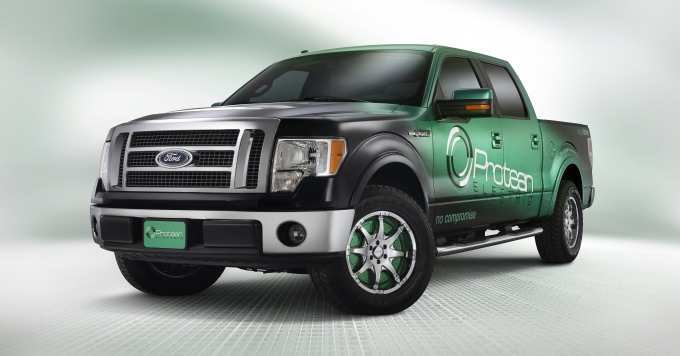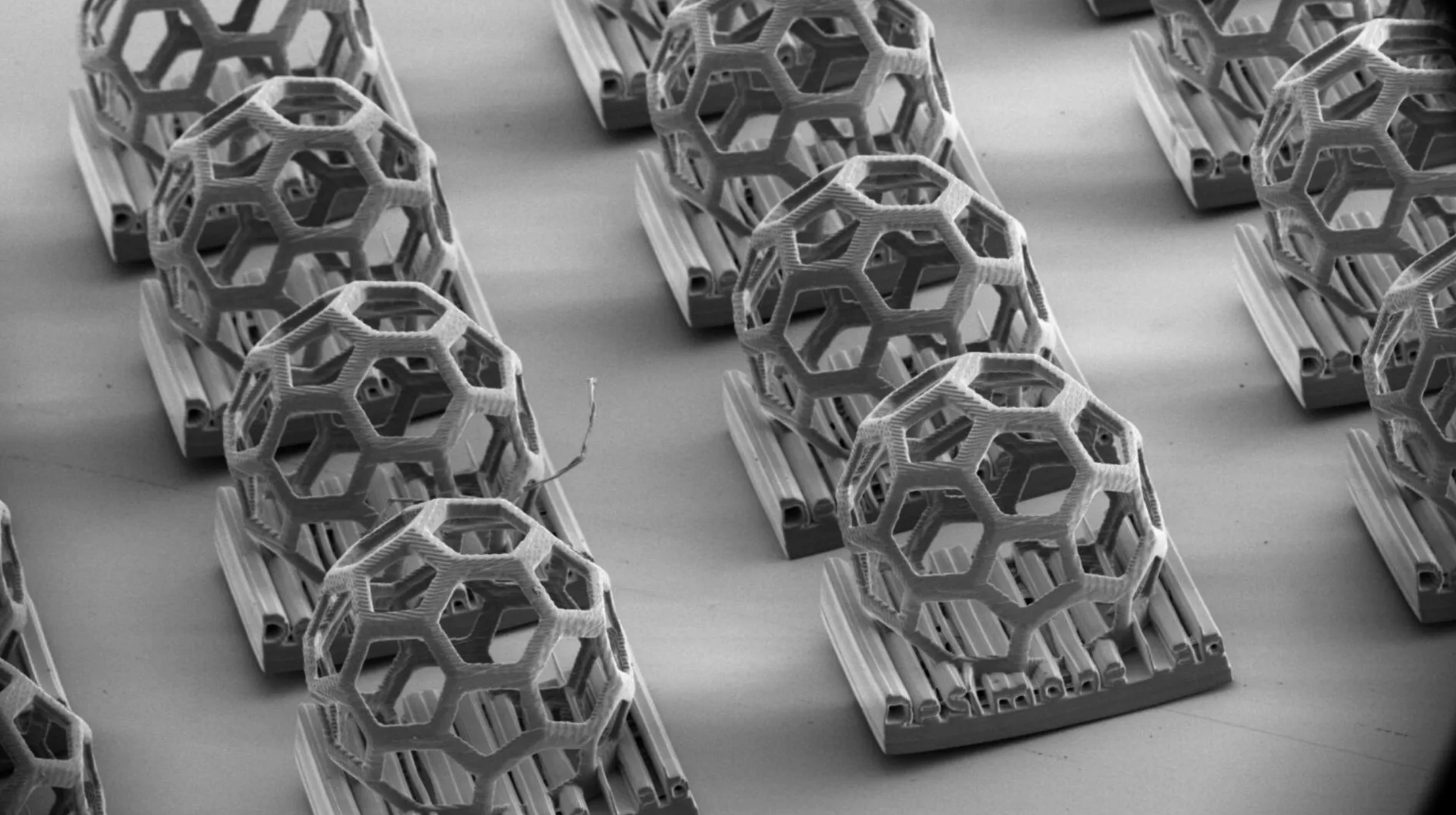Automakers have struggled with getting the cost of green vehicles down while delivering the power gas-guzzling cars do. Protean Electric is developing technology that could be a game changer.
It’s all in the Protean Drive™; a unique, in-wheel electric drive system that improves vehicle fuel economy by several notches, adding torque instead of cutting it down and increasing overall power output. All these come without disrupting vehicle handling and balance.
All sorts of hybrid, plug-in hybrid and battery electric light-duty vehicles can benefit from it. Fuel economy increases 30% or more while torque increases by 85%. With larger batteries, it can pull through alone, with the IC engine shut. Each 68lb (31 kg) motor delivers a peak output power of 75 kW (100 HP) while continuous output power is 54 kW (72 HP).

In-wheel Motor Assembly Photo © Protean Electric
Getting into the Protean Drive™ technicalities will show a fully-integrated unit combined with a motor-assembly that’s built in-wheel. The assembly comprises an integrated inverter to control all the electronics and software, so no need for separate installations. There’s one motor for each rear wheel (conventional 18-24-inch wheels), which doesn’t require replacing the original equipment wheel bearing.
This direct-drive configuration unit has fewer parts to look after and less complexities to count. Integrating traditional drive-train components (e.g. external gears and transmissions, axles, drive-shafts and differentials) often bring headaches that take time and money to allay; with the direct-drive config, you run free.
It gives you far greater flexibility and keeps drive-train wear and tear to the minimal. That’s less energy wasted during acceleration and more energy converted with regenerative braking to keep the battery pack full.
You can control them independently and customize to suit your levels of comfort/performance/dynamics. It gives those ratios better than other drive systems. But if you are a rookie in motoring, stick to the preset traction and launch controls and torque vectoring modes.
Protean Drive™ has never-before torque range, but with lower peak power. This is where both Nissan LEAF and Toyota Prius beat it, despite being punched on-face on the pick-up factor.
Compared to Toyota’s Hybrid Synergy Drive (HSD) with its modest acceleration (199 lb-ft) but extremely high fuel efficiency (40 mpg city limits; 55 mpg for extended drives at an economy speed) and peak power of 141 hp, Protean Drive™ will make you zip faster with a peak torque of 1000 Nm/735 lb-ft; continuous torque of 700 Nm/516 lb-ft on almost the same amount of fuel. Now, compare that to Nissan LEAF’s 280Nm of torque and 80kW of peak power.
So, your total gains are:
- A real zippy acceleration that doesn’t cost you a fortune.
- You help the world become a healthier place to live.
However, you need to wait till 2014 to buy these units. In April of this year, Protean Electric announced the in-wheel electric motor at the Society of Automotive Engineers World Automotive Congress in Detroit, Michigan, and released the prototype a few days later at the Shanghai auto show.








